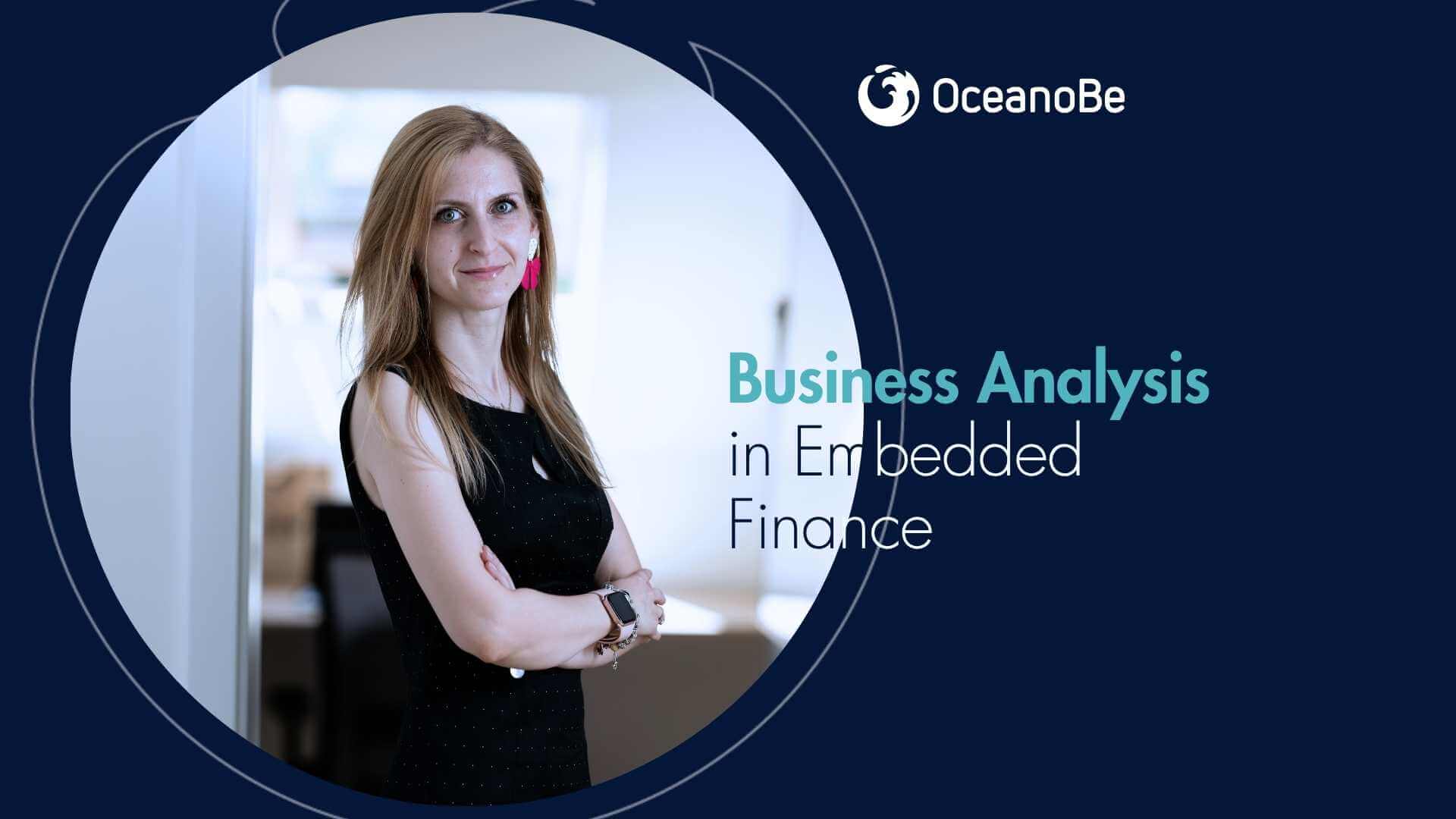Business Analysis in Embedded Finance Projects
How Business Analysts Help Shape Seamless Financial Experiences in Non-Financial Platforms
How Business Analysts Help Shape Seamless Financial Experiences in Non-Financial Platforms

Embedded finance is no longer just a buzzword—it’s a strategic shift. Whether it’s ride-hailing apps offering insurance, e-commerce platforms providing BNPL options, or logistics tools integrating real-time payments, financial services are moving closer to the customer and further away from traditional channels.
As a Business Analyst working in embedded finance projects, I’ve learned that our role is pivotal—not just in translating requirements, but in crafting entire user and system flows that make finance feel invisible, seamless, and secure. Let’s unpack how BAs can make or break embedded finance integrations and what it takes to get it right.
Embedded finance blurs the boundaries between industries. It’s not just “payments inside an app.” It’s credit, lending, KYC, insurance, and wallets wrapped into retail, mobility, logistics, and even wellness platforms.
As a BA, the first step is getting deeply familiar with two domains:
The host platform’s core business (e.g. logistics, retail, mobility)
The financial service being integrated (e.g. card issuing, payment initiation, lending, or insurance)
We’re not just capturing requirements—we’re aligning entire workflows, compliance obligations, and data dependencies across domains that don’t naturally speak the same language.
In traditional fintech or banking projects, your key stakeholders are product, compliance, and tech. In embedded finance, add:
A BA’s job here is to harmonize priorities and build a shared vocabulary—especially around risk, data ownership, and user flow integrity.
Unlike a standard app feature, embedded finance touches regulated data: payments, PII, and often real-time identity checks. Requirements can’t just be functional—they must anticipate:
We work closely with legal and compliance teams to define guardrails early—not patching them in later.
In embedded finance, integrations are everything. That means:
Well-documented interface contracts, API mock-ups, and integration test flows are crucial deliverables from the BA desk.
What sets a great Business Analyst apart in embedded finance projects is a unique blend of strategic curiosity and executional foresight. It starts with genuinely caring about both sides of the equation: understanding the host platform’s business goals and KPIs just as deeply as the regulatory demands of the financial product being integrated.
Reliable BAs don’t wait to be asked for deliverables—they proactively map-out user journeys, anticipate API flows, and sketch system interactions early, giving development teams a clear runway.
Prioritization is rarely a one-time task; with constantly evolving regulations, changing SLAs, and shifting market demands, BAs must guide teams through redefining MVPs and planning for second-phase features. Perhaps most critically, they’re fluent in risk—able to spot early signs of legal or technical complications, translate compliance into business terms, and raise flags before they become blockers.
As a BA, you’re not just writing user stories—you’re designing how financial value gets embedded into everyday user journeys. That’s a big responsibility, especially in regulated environments.
At OceanoBe, we’ve helped fintechs and platforms alike bring embedded finance to life—safely, scalably, and with a user-first approach.
If you’re exploring embedded finance and need a partner that knows how to map out success, from APIs to user flows—let’s talk.